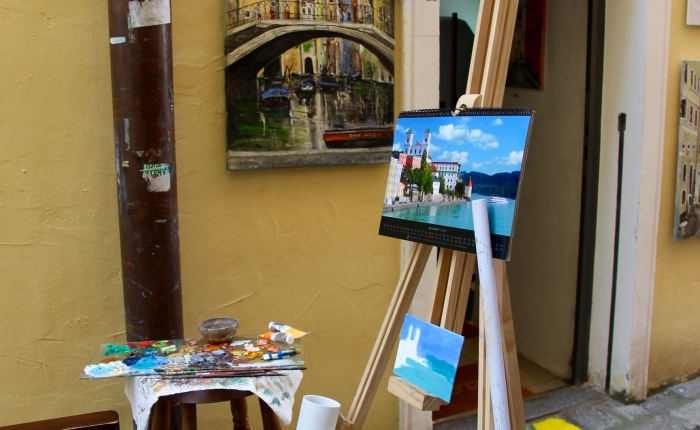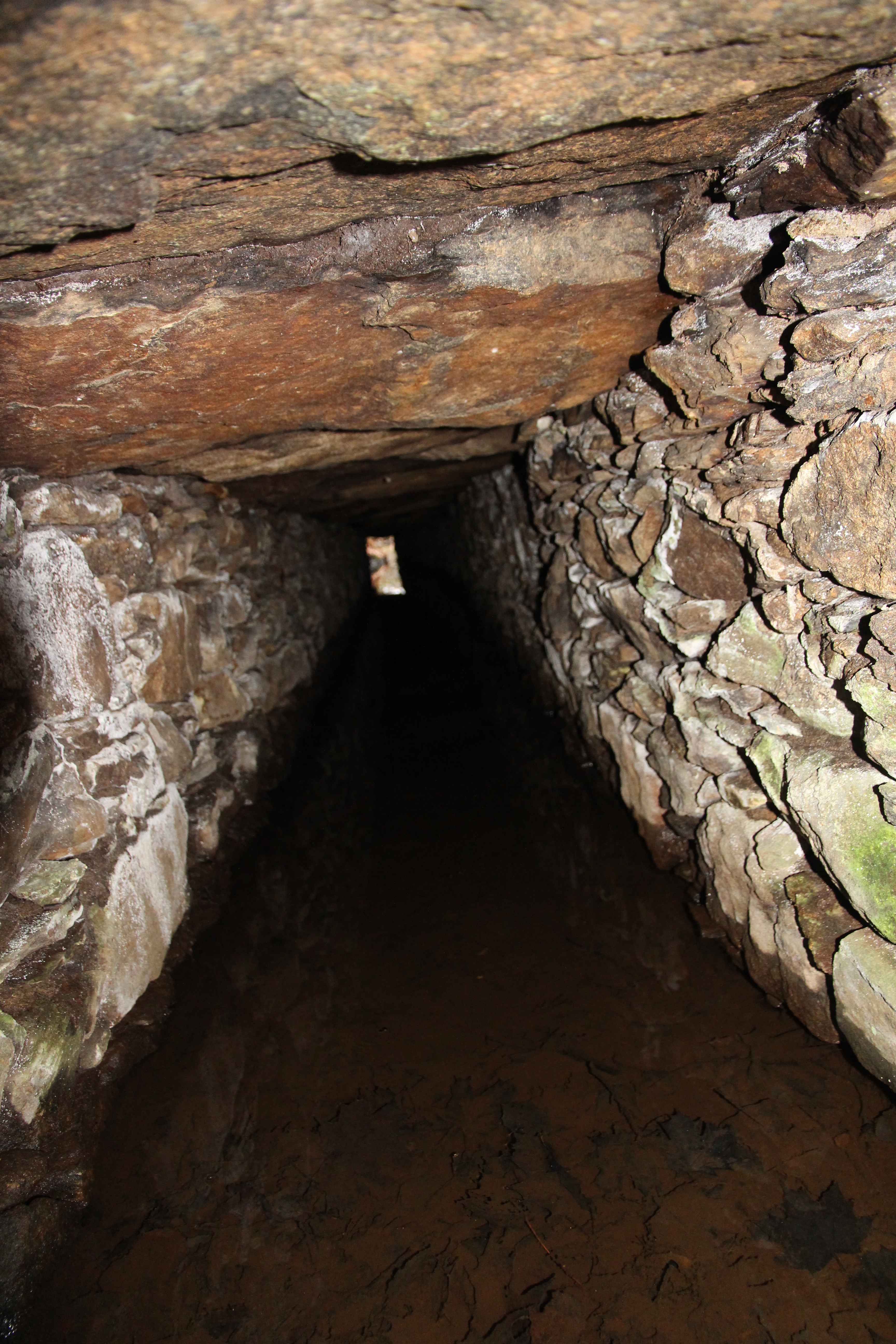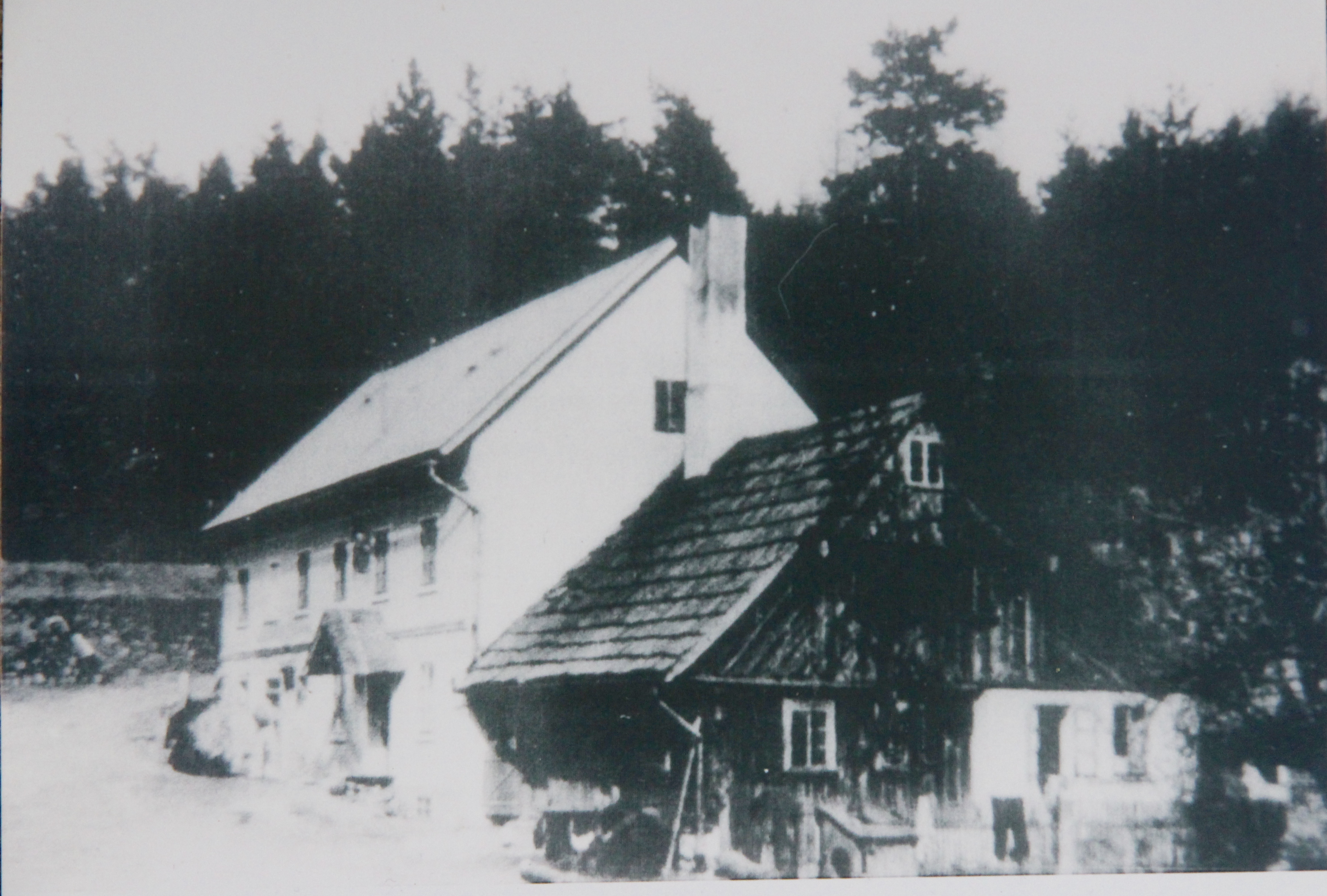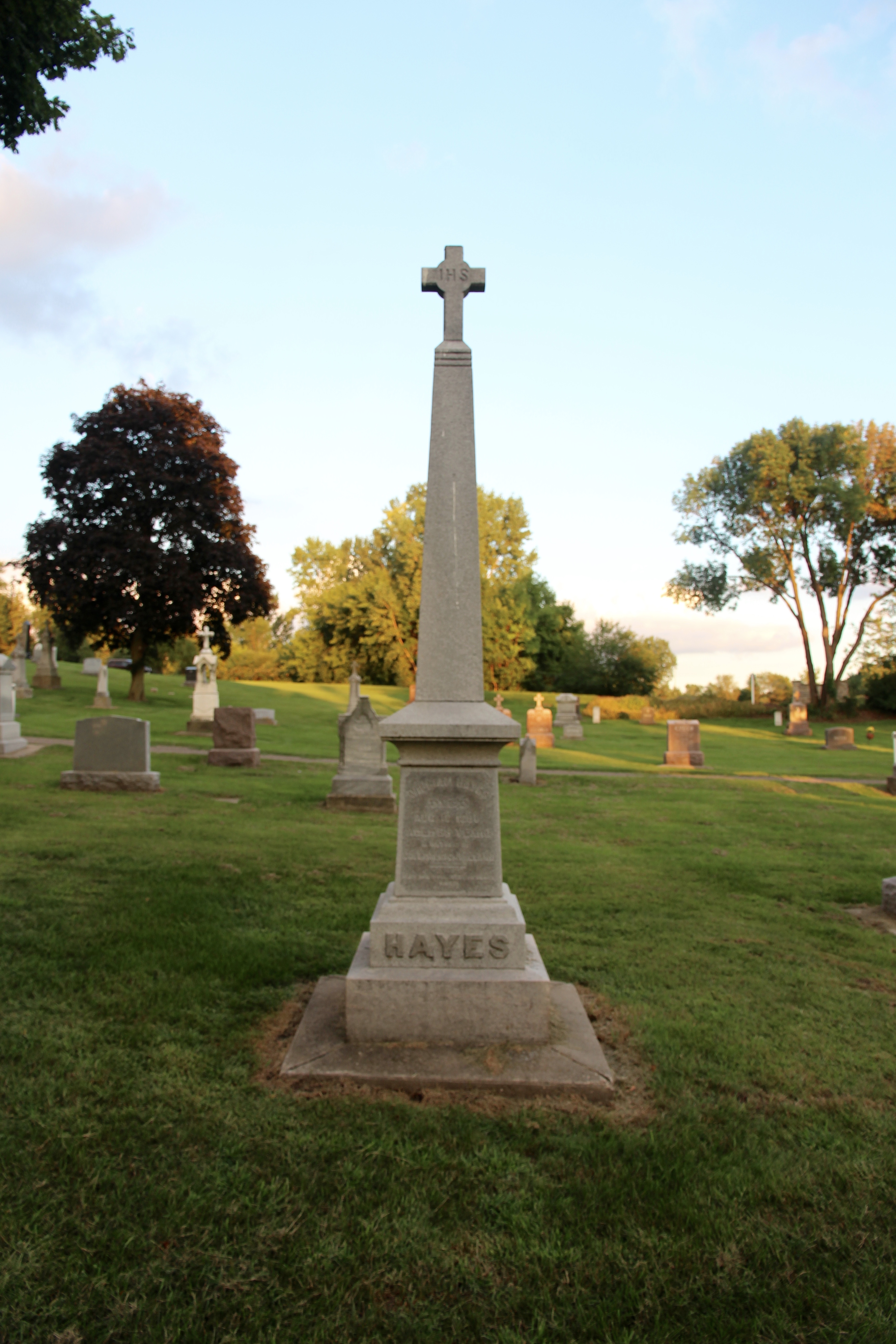Now as we head into summer, I have to reflect on the beautiful spring we have enjoyed. Even if there has been cool weather here in the northern midwest. This is the perfect time to reflect on one of the highlights of the season which was a first ever road trip to Holland, Michigan.
It was a fantastic experience allowing us to meet new friends, enjoy a wonderful community with a strong Dutch heritage, see the sites around town and along the beach of Lake Michigan.
Being a genealogist, it was captivating and intriguing to get in touch with my Dutch heritage. Maybe I went a little overboard with my enthusiasm with the largest pair on wooden shoes one can buy. They make me happy as I wear them with wool socks and drinking coffee from a Holland cup with windmills on the side.
Driving from Minnesota, you can make it in one long day of driving. Of course one can stretch it out if you would like to see some sites in a little town called, Chicago or many other places on the route.
We stayed at our friends mothers house, we’ll call it, Alice’s Place. Alice was the best part of the trip, greeting us with her warm smile and treating us to wonderful meals and a few Dutch treats.
Alice and her husband grew up in the Netherlands and were teenagers during WWII. We were all moved as she shared some stories about her experiences during the war and actions taken to survive and help save others. I would love to go back to hear more of these stories and learn more about the Dutch Culture. More on these stories in a future article.
Holland Michigan has a full schedule during Tulip Time and the whole community takes pride in the event no matter if the have Dutch Heritage or not.
First stop, after a delicious breakfast, arriving before the crowds, we went to Windmill Island to see the gardens full of beautiful Tulips and “DeZwaan”. DeZwaan is the name of an original Dutch Windmill moved from the Netherlands in 1964. As a working mill, they employ a full time miller, who while not always milling flour, maintains it during the off season. During the tour you gain a great understanding of how physically demanding the job is of operating the mill. It is beautiful and surrounded with fields of tulips.
The grounds include several gardens, a canal, museum and gift shop. We were also treated to music from an Original Street organ from Amsterdam donated to the community following WWII. Alice was excited to hear the music and I found it interesting it was made in Breda, Netherlands, near her home town.
There were many activities to keep everyone interested including a carnival with rides, an exhibition with presentations in the civic center. A beautiful well kept downtown area with an abundancy of shops and a wide variety of things to see.
Holland and a few surrounding communities was started with Dutch Immigrants in 1847. It has a long history and still has a strong Dutch culture.
While shopping on main street, we met a woman, named Margaret, in her traditional Dutch, Staphorst costume, and she invited us in for their book sale. One of the books I bought was about the Overijssel region of the Netherlands. This is where my ancestors lived and Margaret grew up in this area.
The coast of Lake Michigan is worth exploring with beautiful beaches, homes and Big Red. The Holland Harbor lighthouse has been an attraction since this third light house was built in 1907.
Some of the highlights to see include; DeKlomp Wooden Shoe and Delft Factory, the Holland Museum, Nelis’ Dutch Village, Veldheer Tulip Gardens and Wooden Shoe Factory, Holland State Park and Tunnel Park.
When you go, pick up the schedule of events to make sure to participate in all you are interested in. The festival caps off with a very nice Parade Sunday afternoon and a giant fireworks extravaganza in the evening.
Nearly 1,000 costumed locals perform traditional Dutch dances every day throughout the City of Holland. Dance performances are approximately 5-15 minutes. After some performances, we also have a 10-minute style show to showcase the traditional Dutch costumes.
The people are what made the visit so special. While taking pictures of the Windmill from one of the Tulip Gardens, I stopped to help a mom get a better ‘selfie’ with her two very young daughters and I will never forget the smiles and enthusiasm as they sang the words, “Tulip Time” and smiled for the photo.







 No one seemed to be home in this quite village and we separated to quickly identify some houses and hopefully a road in the direction of the mill site. Within minutes dogs were barking and one man came out of his small cabin in the center of the village. He didn’t speak any English and he was able to learn what I was doing there with my basic German.
No one seemed to be home in this quite village and we separated to quickly identify some houses and hopefully a road in the direction of the mill site. Within minutes dogs were barking and one man came out of his small cabin in the center of the village. He didn’t speak any English and he was able to learn what I was doing there with my basic German.






